
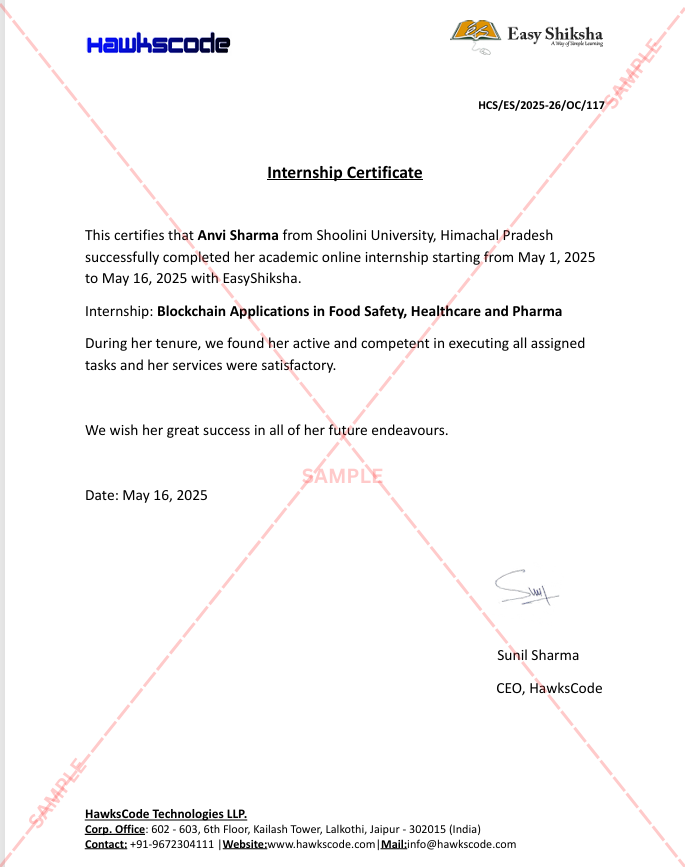
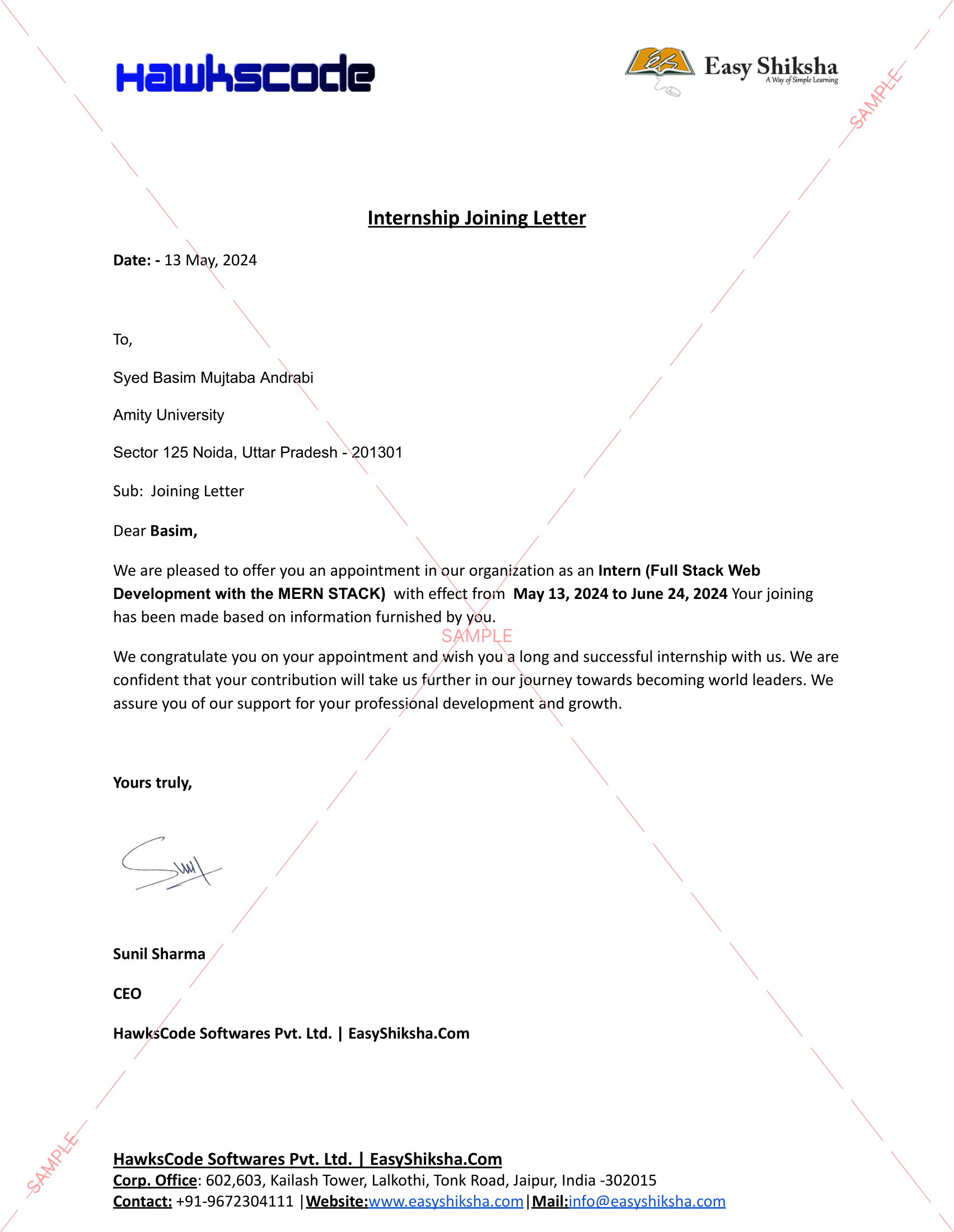

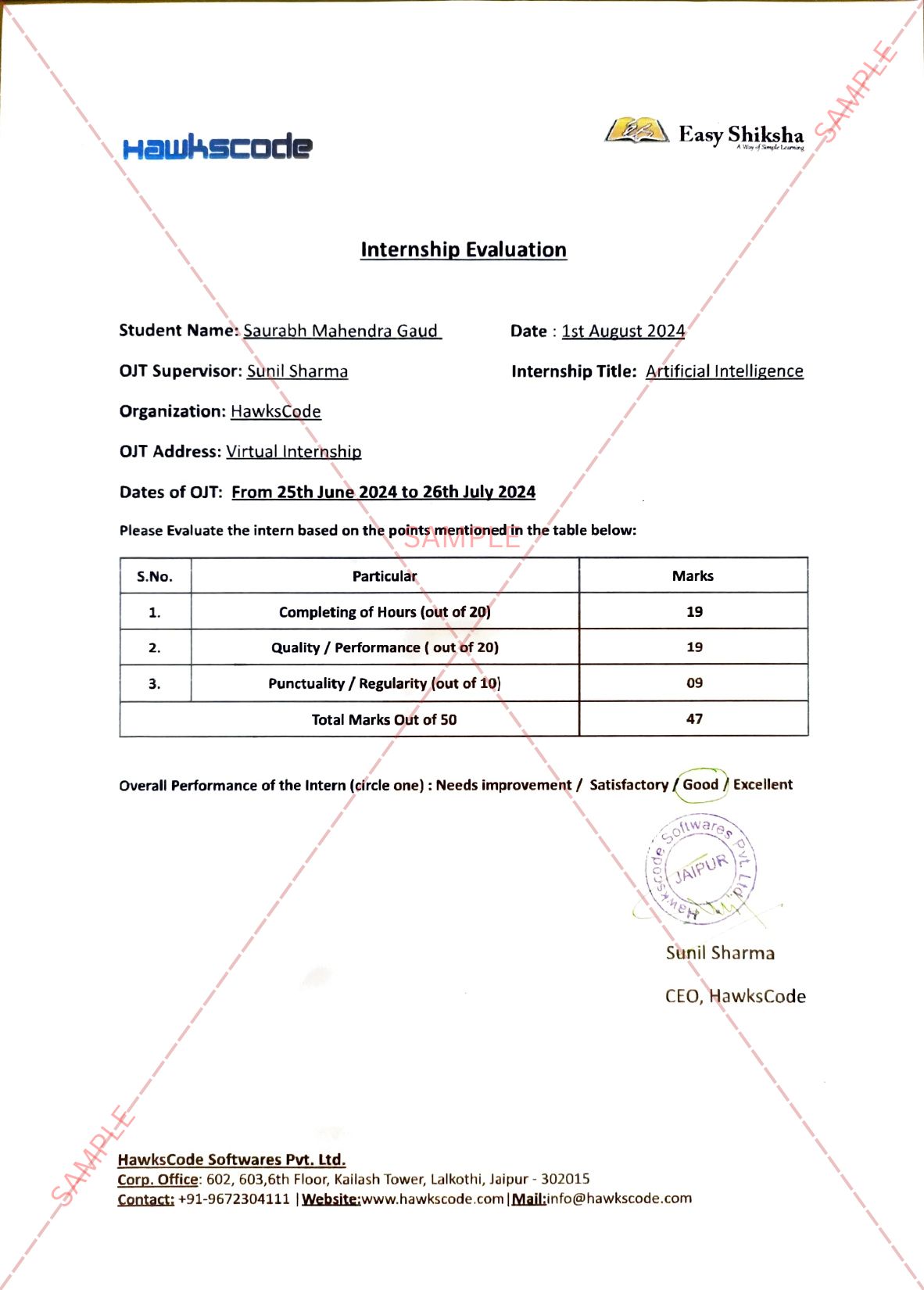


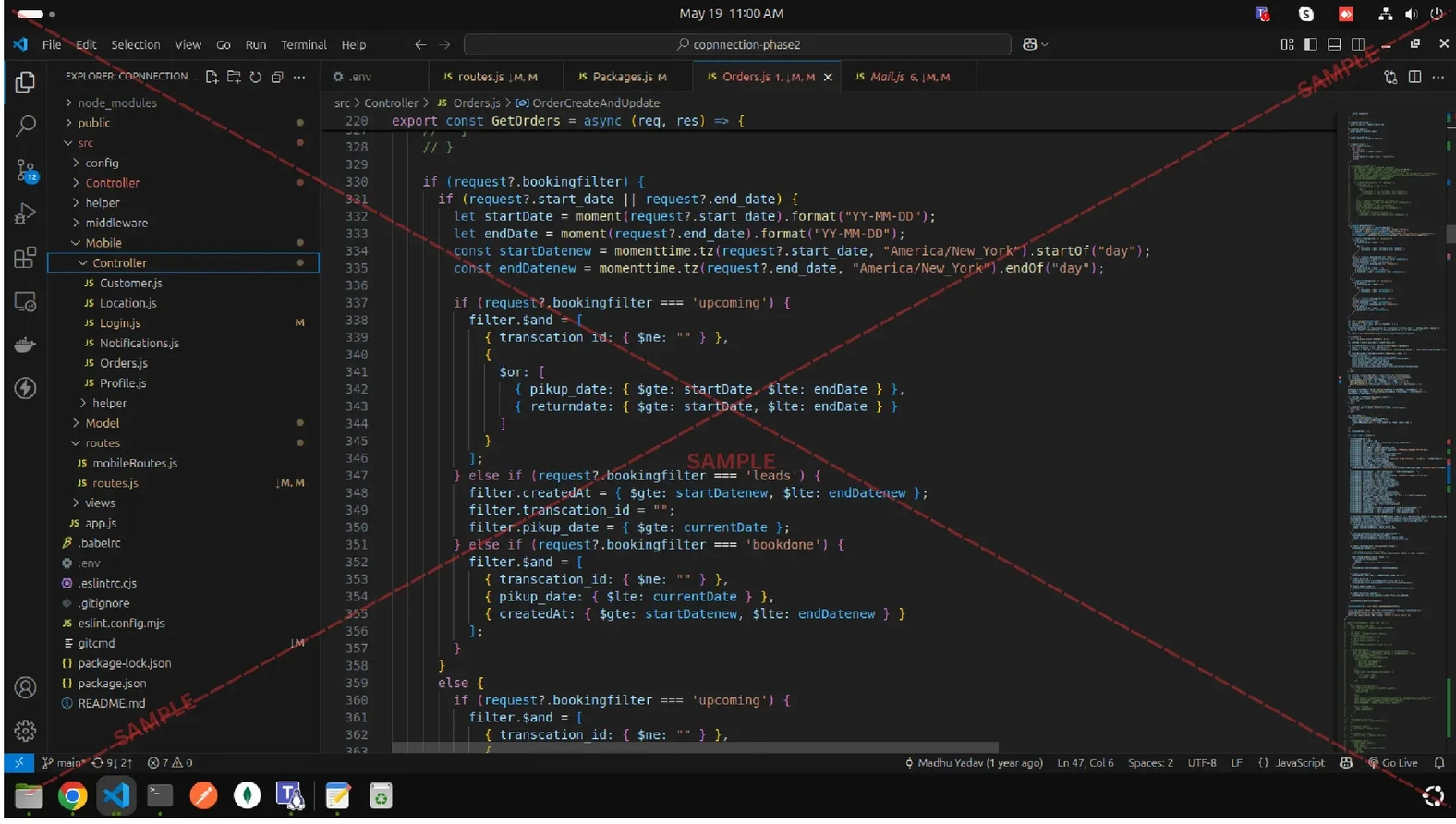

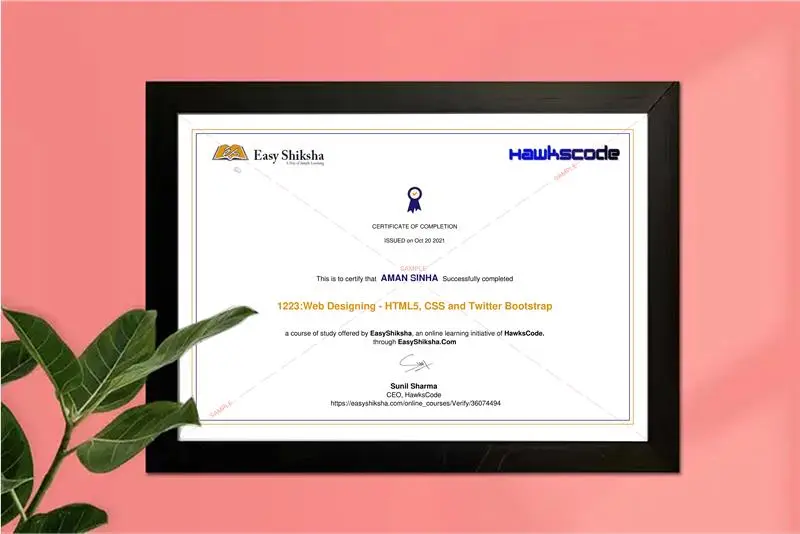

Buying your first home? Welcome to the world of mortgages. It's exciting. It's overwhelming. But don't worry—we're breaking it all down. This guide will help you navigate the home loan process step by step. From pre-approval to closing, we'll explain what to expect, which terms matter, and how to make smart decisions.
Let’s start with the basics. A mortgage is a loan specifically used to purchase real estate. You borrow money from a lender and agree to pay it back over time, typically 15 or 30 years. The home serves as collateral. That means if you stop making payments, the lender can take the house through foreclosure.
Mortgages come with interest—the cost of borrowing money. And different loans offer different interest rates and repayment structures.
There’s no one-size-fits-all mortgage. Here are the most common types:
The interest rate stays the same for the life of the loan. Predictable and stable. Popular among first-time buyers.
Starts with a lower rate, which adjusts over time based on market conditions. Riskier but potentially cheaper in the short term.
Backed by the Federal Housing Administration. Easier to qualify for with lower down payments.
Available to veterans and active military members. No down payment required.
Designed for rural home buyers. Offers low interest rates and no down payment.
As of May 22, 2025, the average 30-year fixed mortgage rate is 6.86%. The 15-year rate? 6.01%. These rates fluctuate with economic conditions, including U.S. Treasury yields and Federal Reserve policies.
This is your upfront contribution toward the home. Usually between 3% and 20% of the purchase price. Bigger down payments can mean lower monthly payments and better loan terms.
This refers to the duration of your mortgage—15 or 30 years are most common. Shorter terms mean higher monthly payments but less interest over time.
These are fees paid at the end of the home buying process. Think appraisal, title insurance, and loan origination fees. They typically range from 2% to 5% of the loan amount.
A lender reviews your finances and tells you how much you can borrow. This helps you shop smarter.
Use your pre-approval limit to guide your home search. Understanding real estate comps helps you assess if a listing is priced fairly.
Once you find a home, you formally apply. You’ll need to submit documents like tax returns, pay stubs, and bank statements.
The lender verifies your info, orders an appraisal, and evaluates the home. The underwriter checks everything for risk.
You sign the final paperwork. Pay your down payment and closing costs. Get the keys. Done!
You might be wondering why mortgage rates swing up and down. Here’s why:
According to the Consumer Financial Protection Bureau, households earning $69,000 per year spent about 26% of their income on mortgage payments in 2019. Today, that number is much higher due to increased rates and home prices.
Still, some markets offer high housing stock and stable prices, giving buyers more leverage and better options.
According to the National Association of Realtors, first-time buyers made up 32% of all purchases in 2024—up from 26% the year before.
Here’s the breakdown:
Let’s be honest: the mortgage process can trip you up. Here’s what to watch out for:
A mortgage is a long-term commitment. Be ready. Here’s how:
Home loans aren’t as scary as they sound. Once you break it down, it’s really just a matter of preparation, patience, and smart decisions. Know your loan options. Understand your budget. Ask questions. And take your time.
Buying a home is a big deal. But with the right knowledge, you can walk into it with confidence.
More News Click Here

Discover thousands of colleges and courses, enhance skills with online courses and internships, explore career alternatives, and stay updated with the latest educational news..

Gain high-quality, filtered student leads, prominent homepage ads, top search ranking, and a separate website. Let us actively enhance your brand awareness.